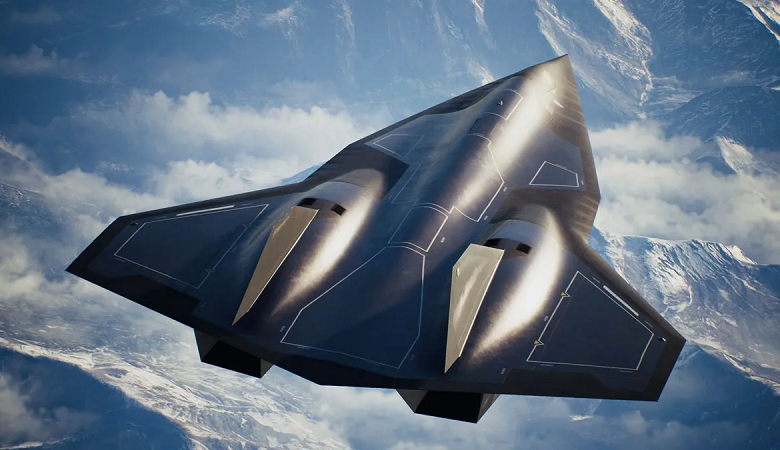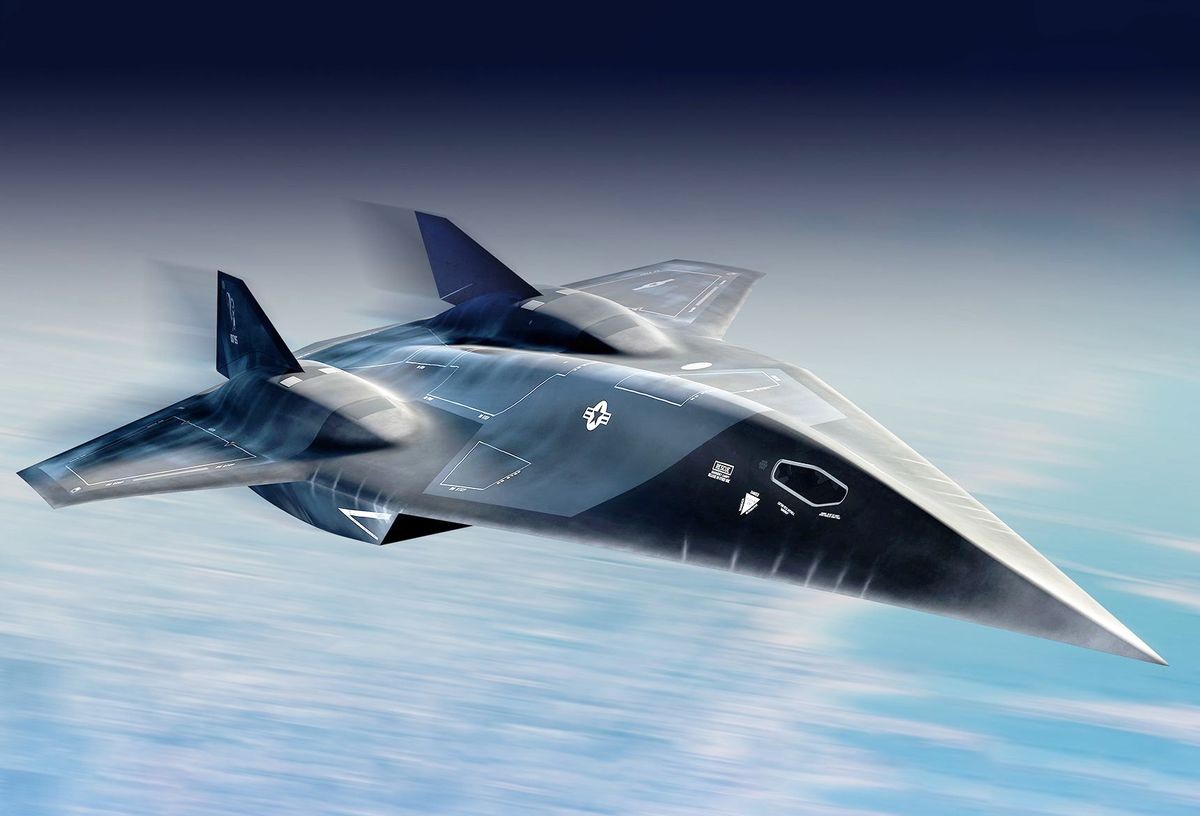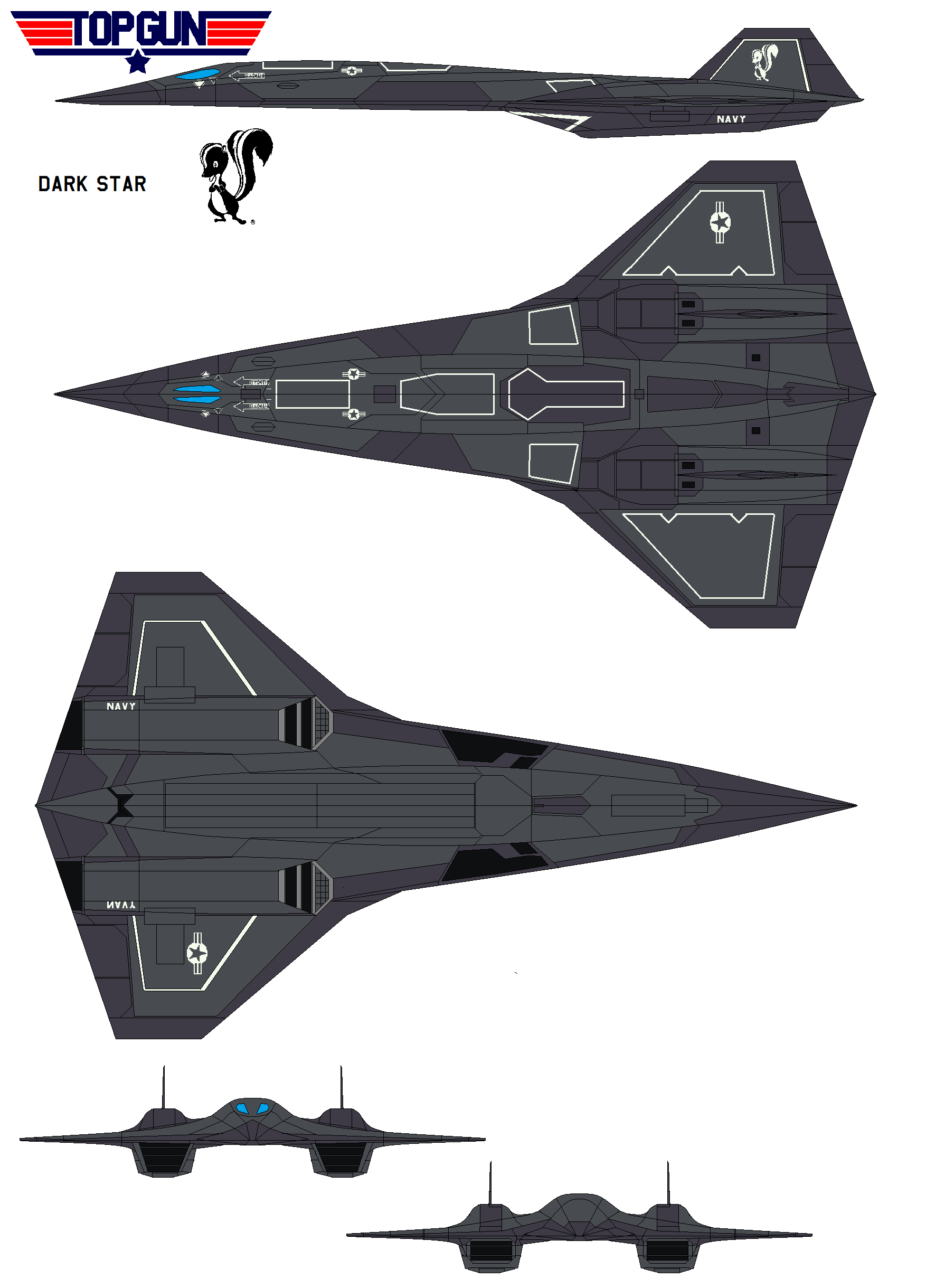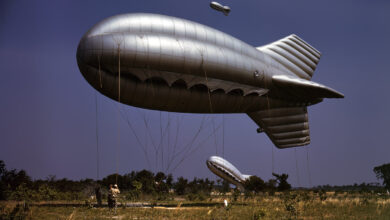Exploring the Mysterious S72: The Next Generation of Stealth Aviation

Introduction: The Legacy of Top Gun: Maverick
If you’ve ever watched the iconic movie Top Gun: Maverick from 2022, you’ll surely remember the breathtaking opening scene where Tom Cruise pilots a futuristic reconnaissance aircraft at incredible speeds. This scene is a tribute to the prototype known as the S72, often referred to as “Dark Star,” which is considered the successor to the legendary SR-71 Blackbird, a reconnaissance aircraft that was retired in 1998. Unlike its predecessor, the S72 is expected to have significantly lower operational costs, estimated at around $200,000 per flight.

The S72: What Is It Really?
But what exactly is this aircraft? Does the S72 truly exist, and what are Lockheed Martin’s plans for this steel bird? Despite the advancements in satellite reconnaissance, UAVs, and long-range hypersonic missiles over the years, the U.S. Air Force seems to be holding on to the dream of a multi-mission aircraft capable of executing high-speed missions, launching hypersonic missiles, and evading enemy air defense systems. This assumption stems from ongoing rumors about a top-secret aircraft, the S72, also known as the “Son of SR-71 Blackbird.”
The Rumors and Developments
Information about the S72 first leaked in 2007, suggesting that Lockheed Martin was developing a new hypersonic aircraft designed to reach speeds exceeding Mach 6 (over 6,400 km/h). This unnamed aircraft is intended for various missions, including reconnaissance and target acquisition. However, since then, details have been scarce, with only a few speculative artworks and snippets of information surfacing over the years. Despite these rumors, the U.S. Air Force has never officially confirmed or denied Lockheed Martin’s involvement in developing this aircraft.

Future Collaborations
Lockheed Martin has announced that it is actively pursuing the S72 project, with a prototype expected to undergo testing soon. The company is reportedly collaborating with Aoz Rocketry in the development phase. While the project’s progress is crucial, especially in developing hypersonic missiles, it remains to be seen whether the S72 will yield tangible results. Regardless, valuable lessons are anticipated from this endeavor.
The Name Game: Dark Star
Interestingly, while the S72 is often referred to as “Dark Star,” this is not an official designation for the project. Such nicknames typically emerge after the aircraft has been officially accepted by the Air Force. Dark Star is also the name of the hypersonic jet featured in Top Gun: Maverick. While specific dimensions of the S72 remain undisclosed, initial assessments suggest it has a more streamlined and aerodynamic design compared to its predecessor. Two engines and a distinctive nose design are incorporated to reduce drag and radar cross-section.
The Movie Connection
In Top Gun: Maverick, a model of the Dark Star, measuring 21.18 meters in length with a wingspan of 10.06 meters, was constructed. Various components, including cockpit controls, were developed by Lockheed Martin. The model was used for ground scenes and to guide the VFX team in creating aerial shots. In reality, an F-18 was employed for takeoff and flight procedures, later replaced digitally by the Dark Star in post-production.
Technological Challenges and Advancements
Lockheed Martin has aimed to develop high-speed variants of the SR-71 since 1998, but previous efforts have fallen short. The company created the HTV-2, an experimental hypersonic vehicle as part of a defense research initiative. The HTV-2 achieved a maximum speed of 20,900 km/h during its test flights, and data gathered from these tests is being utilized in designing the S72.
Operational Capabilities
The S72 is expected to be a supersonic strike aircraft, leveraging advanced technology for missions similar to those of the SR-71. It should be capable of striking targets across continents within an hour, provided it is equipped with hypersonic or high-speed strike weapons. The aircraft’s high speed will enable it to penetrate heavily defended airspace, although the long-term hypersonic trajectory of the U.S. Air Force is still in development.

Engine Technology and Design
Little is known about the S72’s engine configuration, but it is believed to utilize two different engine types to provide energy for its missions. Conventional turbojet engines will likely be used during takeoff and landing, while scramjet engines will kick in at higher speeds. The S72’s unique engine design aims to achieve Mach 6 performance while addressing fuel efficiency and operational range.
Stealth Capabilities
Unlike previous models, the S72 is expected to utilize advanced materials that can withstand extreme heat generated at high speeds. One significant challenge will be managing the high temperatures produced during Mach 6 flight. The S72 could incorporate various structural designs and advanced materials to overcome these thermal management issues.
Looking Ahead
As the S72 continues to evolve, the potential for incorporating advanced avionics and even artificial intelligence to automate some operational tasks could be on the horizon. However, it’s essential to recognize that stealth technology may face limitations in an aircraft like the S72 due to the materials used in its construction.
Conclusion: A Glimpse into the Future
As Lockheed Martin moves forward with the S72 project, the dream of a new generation of hypersonic aircraft remains alive. Whether this aircraft will become a reality or remain a concept in development, the ongoing advancements in aviation technology are set to redefine the future of aerial combat and reconnaissance.





